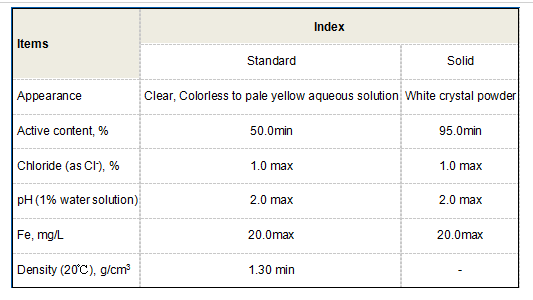water coagulation and flocculation
Coagulation and Flocculation in Water Treatment
Coagulation and flocculation are fundamental processes in water treatment that play a crucial role in ensuring clean, safe drinking water. These processes are designed to remove suspended solids, colloidal particles, and impurities that can adversely affect water quality.
Coagulation and Flocculation in Water Treatment
Following coagulation, the flocculation stage begins. This involves gentle agitation in the water to promote the growth of flocs. During this phase, additional chemicals, known as flocculants, may be added to enhance the aggregation of smaller flocs into larger, more easily removable masses. Flocculation typically occurs in a basin where the water is stirred slowly, allowing the particles to collide, adhere, and form larger flocs.
water coagulation and flocculation

The efficiency of coagulation and flocculation can be influenced by several factors, including pH levels, temperature, and the concentration of impurities in the water. Adjusting these conditions can help optimize the process, ensuring that a maximum number of particles are removed. For instance, maintaining an appropriate pH can enhance the effectiveness of coagulants because certain coagulants work best at specific pH levels.
Once the flocculation process is complete, the resulting flocs are separated from the water through sedimentation or filtration. During sedimentation, the denser flocs settle to the bottom of the treatment basin, allowing clearer water to be drawn off from the top. Alternatively, filtration can be used to physically remove the flocs from the water.
In conclusion, coagulation and flocculation are essential techniques utilized in water treatment facilities to enhance water quality. By effectively removing impurities and suspended particles, these processes ensure that communities have access to safe drinking water, thereby promoting public health and well-being. Understanding and optimizing these processes is vital for sustainable water management practices.
-
Water Treatment with Flocculant Water TreatmentNewsJun.12,2025
-
Polymaleic AnhydrideNewsJun.12,2025
-
Polyaspartic AcidNewsJun.12,2025
-
Enhance Industrial Processes with IsothiazolinonesNewsJun.12,2025
-
Enhance Industrial Processes with PBTCA SolutionsNewsJun.12,2025
-
Dodecyldimethylbenzylammonium Chloride SolutionsNewsJun.12,2025





